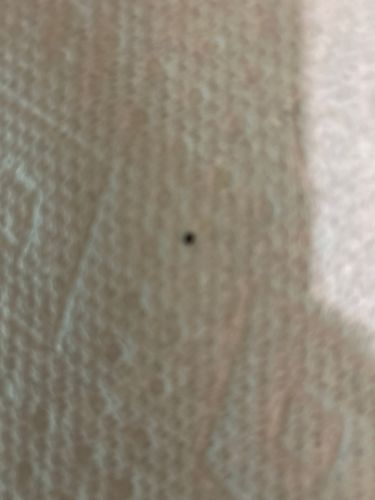Fungus Gnat
Scientific Name: Bradysia spp. (for dark-winged fungus gnats) or various genera within Mycetophilidae
Order & Family: Order: Diptera, Family: Sciaridae (Dark-winged fungus gnats) or Mycetophilidae (Mycetophilid fungus gnats)
Size: 2-8 mm (adults)

Natural Habitat
Moist environments, often found indoors around houseplants, greenhouses, and areas with damp soil or standing water. Outdoors, they can be found in decomposing leaf litter, compost piles, and other moist, shaded areas.
Diet & Feeding
Adult fungus gnats typically do not feed or feed on liquids. Larvae primarily feed on fungi, decaying organic matter, and fine root hairs of plants.
Behavior Patterns
Fungus gnats are typically attracted to damp environments and decaying organic matter. Adults fly weakly and erratically, often seen near potted plants, drains, or other moist areas. Larvae develop in moist soil or decaying organic material, feeding on fungi and plant roots. Females lay eggs on the surface of moist substrates.
Risks & Benefits
Risks: Larvae can damage plant roots, especially in young seedlings or unhealthy plants, leading to wilting and stunted growth. They are primarily a nuisance pest for humans, flying around and sometimes entering eyes. They do not bite or transmit diseases to humans. Benefits: As decomposers, they play a role in breaking down organic matter in ecosystems.
Identified on: 8/15/2025